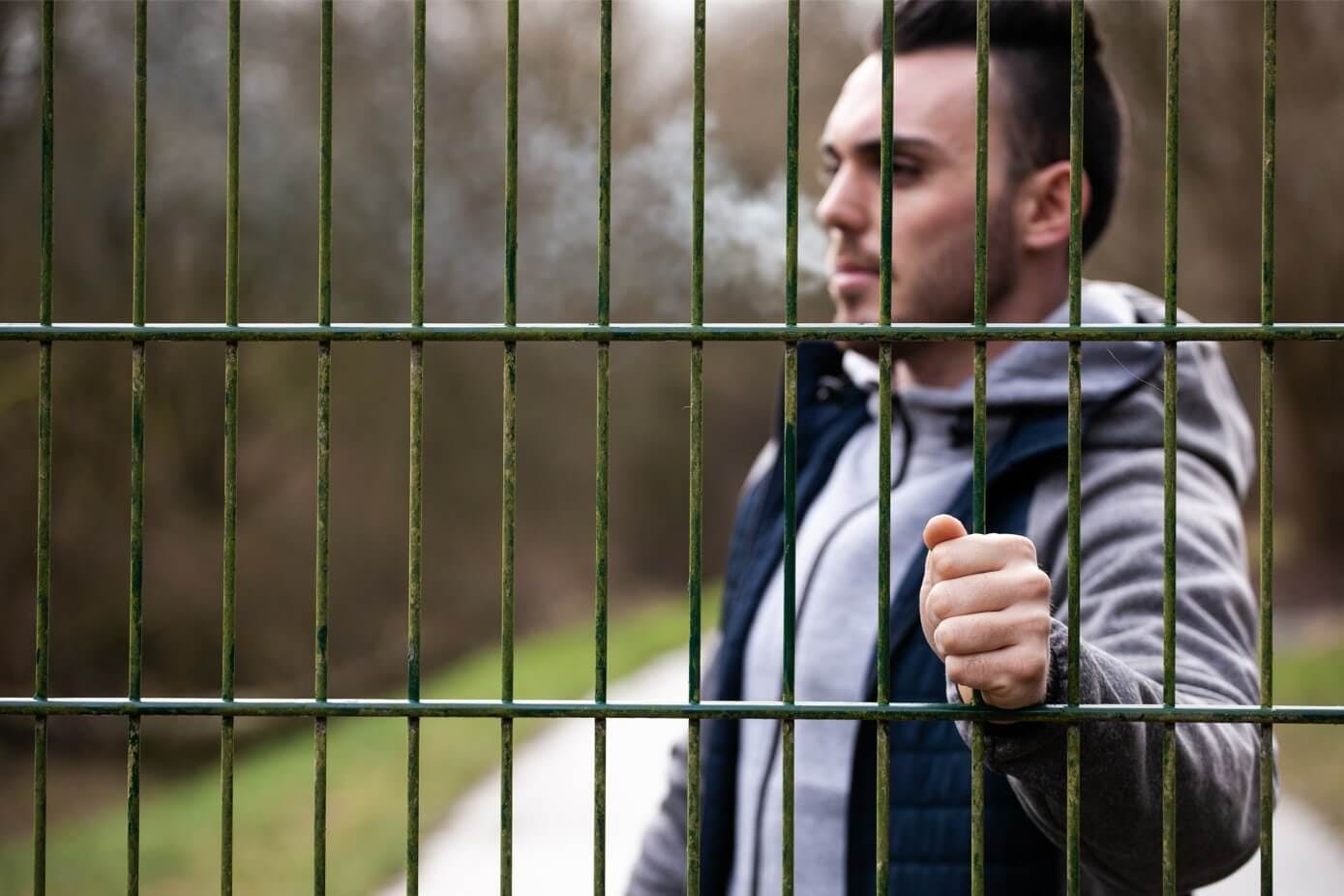In previous years, members of the public have been killed or injured in construction-related incidents. Incidents including materials being blown off-site, scaffolding collapsing or children gaining access to poorly protected sites.
By following these simple steps, and minimising the risk of access by unauthorised individuals, injuries can be prevented during your absence. Since every site is different, you need to assess your own site for the security risks that may be present.
Arrange regular checks
Should the site be closed for a significant period, it may be sensible to arrange for regular checks to take place to ensure that the site remains safe and secure.
Have emergency contact numbers ready
You should have emergency contact numbers displayed or available should anything urgent need attending to, such as a break-in or hoarding damage over the closure period.
Prevent potential financial loss
Ensuring that your site is secure could prevent financial loss from damage or thievery during this time. To reduce the risk of theft, make sure you remove any highly valuable items from your site or at least remove them from view. Lock vehicles, plant, tools and equipment within a secure compound or storage area.
Assess the safety risk
Assess the safety risk
Evaluating the site risk is crucial before you secure your site for closure. If your site is located in a densely populated area such as a city centre, it is likely that your site would be considered a higher risk than those located in areas that are more rural.
A high-profile or large-scale project may be more likely to attract the attention of passers-by. Greater measures of security can include:
- Alarmed fencing
- Security cameras
- Heavy-duty locks
- Some high-value projects will need to be manned over the break, often a security guard acting as a deterrent to casual thieves. However, all employees on-site will need some basic health and safety training to protect themselves while on-site alone
If you already have fencing, ensure that this is secure and undamaged. Check that your locks and doors are all functioning correctly.
Children can often see poorly guarded sites as a playground, so sites need to prevent them from being able to gain access. View the HSE’s additional guidance on how to protect the public.
Prepare for bad weather
Temporary structures such as scaffolding, fencing, trenches and excavations could be at risk of collapsing from strong winds during the winter. These can be made as secure as possible by:
- Using warning signposts near trenches and excavations
- Cover voids, pits, trenches, and pier holes
- Covering unfinished roofs etc. with tarpaulin
- Ensuring that loose materials are removed from scaffolding
The site should be checked, particularly if there is bad weather.
For more information on how to properly secure scaffolding, please view HSE’s scaffold checklist.
Securing your site and planning the shut down in advance will mean that your valuables, staff, and public are safe, and will give you a better chance of a worry-free break.
